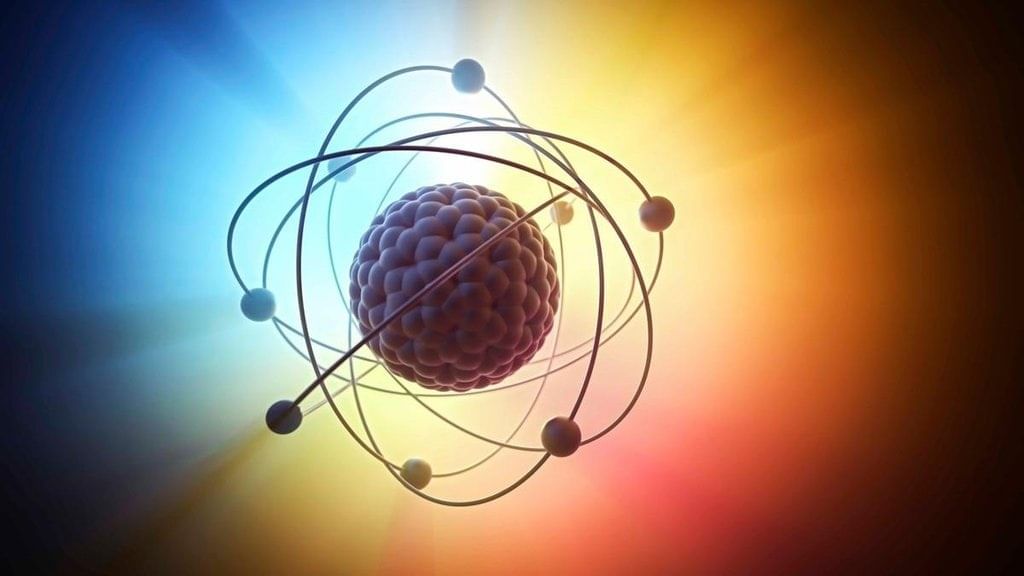UPSC Exam > UPSC Notes > PIB (Press Information Bureau) Summary > PIB Summary- 23th October, 2024
PIB Summary- 23th October, 2024 | PIB (Press Information Bureau) Summary - UPSC PDF Download
Towards more precise atomic clocks useful for navigation, Telecommunication & Aviation

Context
Researchers at the Raman Research Institute have improved atomic clocks and magnetometers using Rydberg atoms to achieve higher precision in measuring magnetic fields.
Their findings offer promising applications in fields like geophysics, brain activity detection, and space exploration.
About The Research
- Rydberg atoms are highly excited atoms, and their response is measured using Electromagnetically Induced Transparency (EIT), which makes an opaque medium transparent.
- The team also leveraged the Doppler effect to enhance the response to magnetic fields by ten times, using thermal rubidium atoms at room temperature.
- Doppler effect occurs when atoms move towards or away from the laser, causing a shift in frequency, which the researchers used to their advantage for more precise measurements.
- This method does not require cooling of atoms or ultra-high vacuum conditions, making it simpler and more practical for applications.
- The enhanced quantum magnetometry can be used in fields like geophysics, brain activity detection, space exploration, and archaeology.
- The work demonstrates the effectiveness of room-temperature setups for detecting weak magnetic fields and has been published in the New Journal of Physics.
Question for PIB Summary- 23th October, 2024Try yourself: What method was used by researchers at the Raman Research Institute to measure highly excited Rydberg atoms for achieving higher precision in measuring magnetic fields?View Solution
The document PIB Summary- 23th October, 2024 | PIB (Press Information Bureau) Summary - UPSC is a part of the UPSC Course PIB (Press Information Bureau) Summary.
All you need of UPSC at this link: UPSC
FAQs on PIB Summary- 23th October, 2024 - PIB (Press Information Bureau) Summary - UPSC
| 1. What are atomic clocks and how do they work? |  |
Ans.Atomic clocks are highly precise timekeeping devices that use the vibrations of atoms, typically cesium or rubidium, to measure time. They work by measuring the frequency of microwave radiation emitted or absorbed by atoms when they transition between energy levels. This frequency is extremely stable, allowing atomic clocks to maintain accurate time over long periods.
| 2. Why are atomic clocks important for navigation and telecommunications? |  |
Ans.Atomic clocks are crucial for navigation systems like GPS, as they provide the precise timing needed to calculate distances based on the speed of light. In telecommunications, accurate timing ensures synchronization between different systems, which is vital for data transmission and network efficiency. This precision helps minimize errors and improves the reliability of these technologies.
| 3. What advancements are being made to improve atomic clock accuracy? |  |
Ans.Current research focuses on developing new materials and techniques, such as optical lattice clocks and strontium-based systems, which can achieve even higher precision than traditional cesium clocks. These advancements aim to reduce uncertainties in timekeeping by utilizing different atomic transitions and improving environmental isolation of the clock's components.
| 4. How can more precise atomic clocks benefit aviation? |  |
Ans.In aviation, more precise atomic clocks can enhance navigation systems, allowing for more accurate positioning and timing. This can lead to improvements in air traffic management, reduced flight delays, and increased safety by enabling better coordination of aircraft movements and improved communication between pilots and control towers.
| 5. What are the potential applications of ultra-precise atomic clocks beyond navigation and telecommunications? |  |
Ans.Ultra-precise atomic clocks have potential applications in various fields, including fundamental physics research, testing theories of relativity, and improving satellite-based technologies. They could also enhance seismic monitoring, enable more accurate global positioning systems, and contribute to advancements in quantum computing and metrology.
Related Searches





















